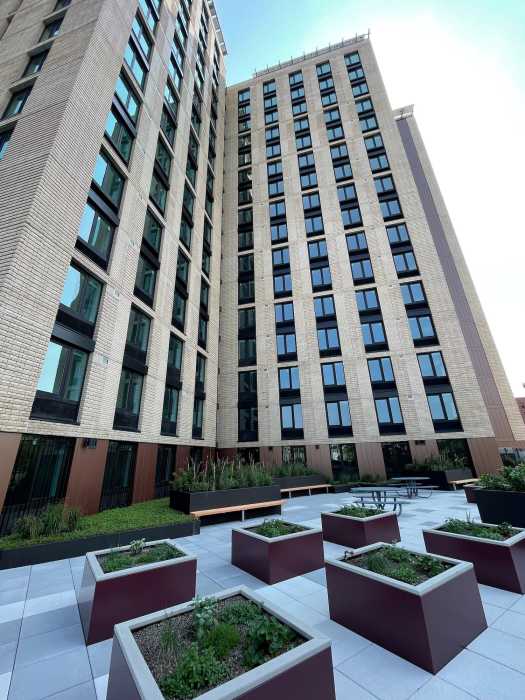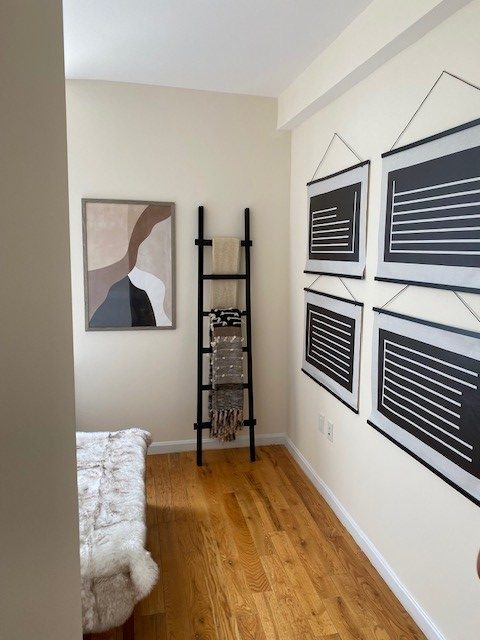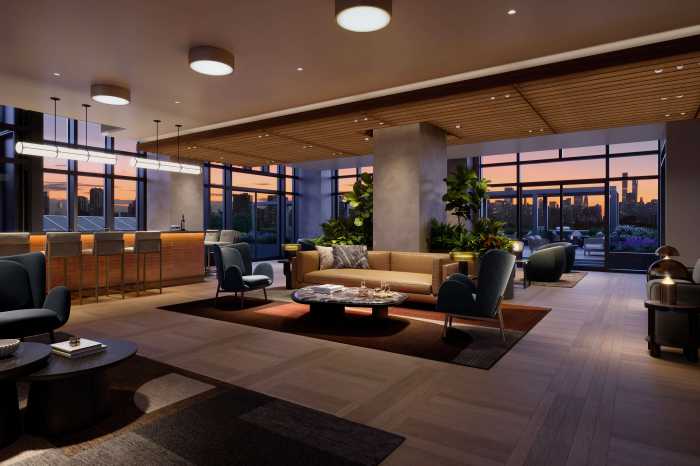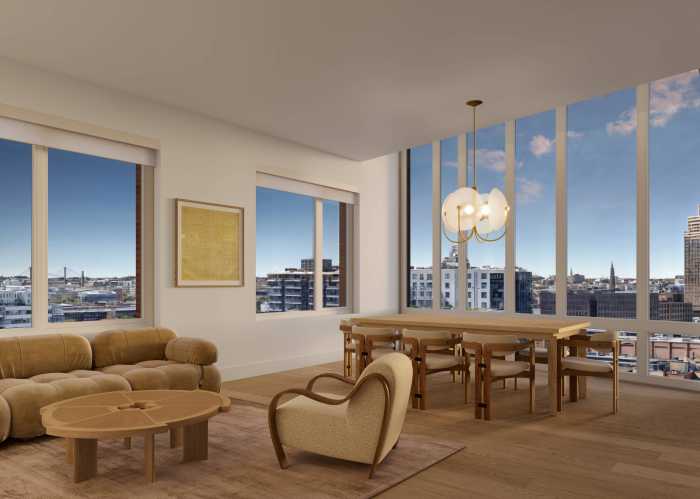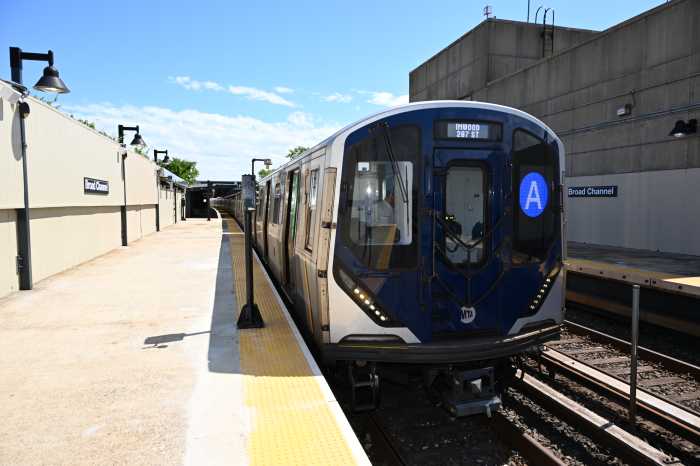A group of Southeast Queens residents and civic leaders rallied together with a clear message for their elected officials: vote no on the City of Yes rezoning proposal.
The homeowners and community organizers gathered at the corner of Sutphin Boulevard and 112 Avenue on Saturday, Nov. 2. Many locals held placards that said, “Just Say ‘No’ to the City of Yes” and “We Need Better Infrastructure Say No to the City of Yes.”
Key speakers included Paul Graziano, an urban planner and outspoken opponent of the City of Yes proposal, Reverend Carlene Thorbs, chairperson of Community Board 12, and members of the 149th St. South Ozone Park Civic Association.
Much of the rally centered on the homeowners reiterating their opposition to the rezoning plan. Many attendees called on their elected officials to stop the plan’s progression and vocalize their support for the local community.
The City of Yes encompasses a vast rezoning plan aimed at adding a little more housing in every neighborhood. It includes legalizing modified garage living spaces, allowing apartments to be built on top of ground-floor commercial buildings, and removing parking mandates for new housing developments. In April, the DCP drafted an annotated proposal zoning text and released an illustrated guide of its major components.
For months, Southeast Queens residents have voiced concerns that the City of Yes would change the makeup of their primarily one- and two-family home neighborhoods if high-density apartment buildings are introduced. Additionally, homeowners feel that an influx of more residents will put a strain on Southeast Queens’ infrastructure and exacerbate ongoing quality-of-life issues.
The City Council held a two-day hearing on Oct. 21 and 22, during which Department of City Planning Commissioner Dan Garodnick and Department of Housing Preservation and Development Commissioner Adolfo Carrión fielded questions from council members. During the public hearing portion on Oct. 22, members of the public had the opportunity to testify about the rezoning plan. The City Council is expected to vote on the proposal before the end of this year.
Thorbs said that 14 out of the 15 community boards in Queens opposed the City of Yes plan, emphasizing that the vote reflects the opposition of the majority of neighborhoods throughout the borough.
“We stood for saving our community and protecting our neighbors and our one or two-family homes. Yes, we want to see everyone have housing, but you can’t do it on our backs,” Thorbs said. “All of this cannot be done in South Jamaica, and there is no way, and it surely can’t be constitutionally correct that our homes should be an option to be taken away so that they can make place for other people coming in who want the American dream, the very dream that we’re living.”
Thorbs also urged other neighborhoods and community boards to work together and “keep their voices heard.”
She, like many of the speakers at Saturday’s event, appealed directly to elected officials: “We’ve already voted on behalf of the people; stand with us, or we will meet you at the polls,” she said.
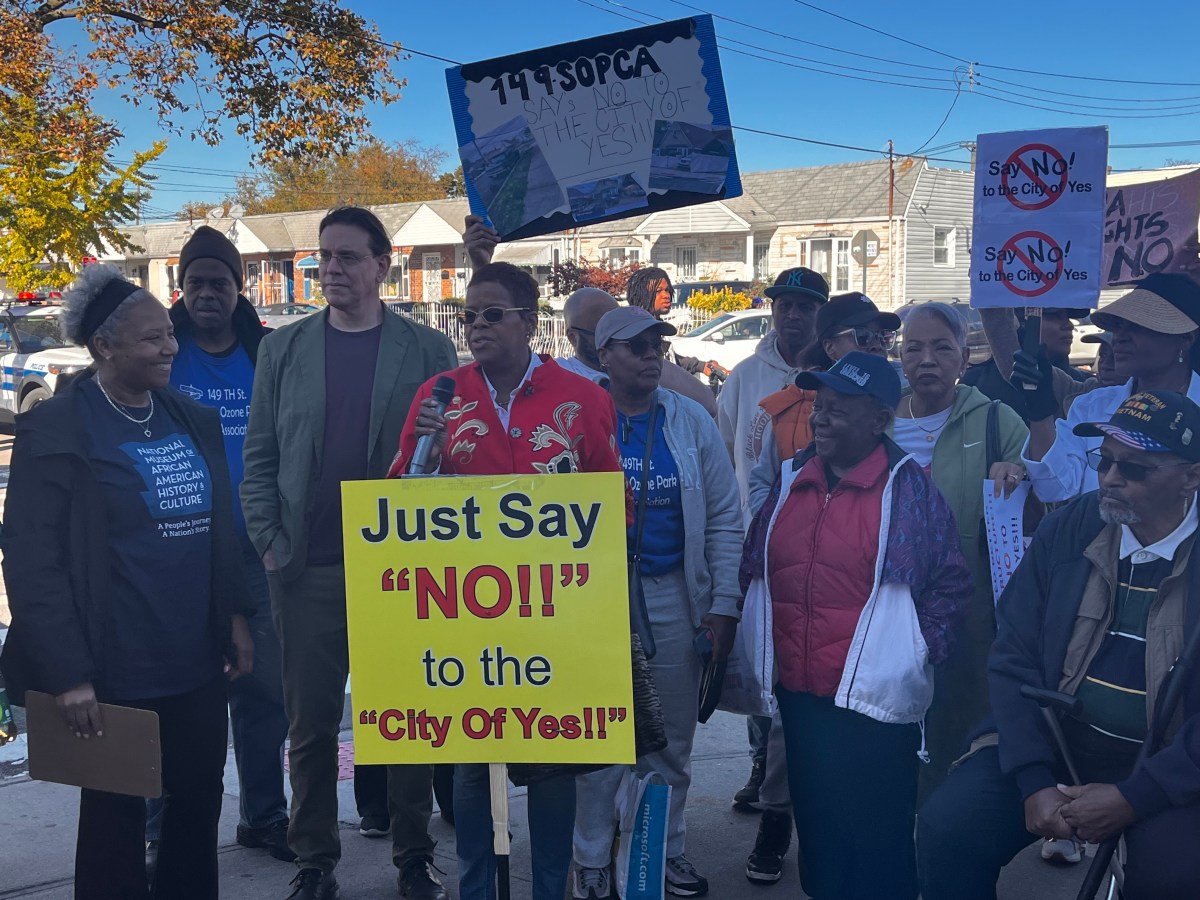
Rene Hill, Vice President of the Queens Civic Congress, said she believes that no neighborhood in Southeast Queens will be untouched by the City of Yes rezoning initiative.
Hill asserted that she and other residents would “vote out” Council Member Nantasha Williams if she supports City of Yes.
“I hear rumors that they won’t touch Addisleigh Park. They won’t touch the facade, or Cambria Heights will be left alone… listen, just because you live there, Nantasha, that doesn’t work. You got more residents that live outside of Cambria Heights than in Addisleigh Park, and they’ll just vote you out, and I will help them if you say yes to this,” Hill said.
Hill added that she believes supporters of City of Yes are primarily lobbyists, and the plan is virtually unaffordable for the average homeowner. “I understand that… some of these homeowners need to sublet their basements in order to afford their homes, but they need to live there. They shouldn’t have basement apartments where investors have three or four renters in one place,” she said.
Williams presides over District 27, which includes the neighborhoods of Cambria Heights, Hollis, Jamaica, St. Albans, Queens Village, Addisleigh Park and Springfield Gardens.
A spokesperson from Williams’ office told QNS via email that the council member “has no position on the bill as negotiations are ongoing” and that Williams is “not in support of the bill in its current form.”
Williams said via email that while she commends Mayor Adams and DCP for their leadership regarding the housing crisis, she has concerns about the current version of the City of Yes for Housing Proposal. “Components like accessory dwelling units (ADUs), transit-oriented development, and town-oriented development could have unintended consequences on our low-density communities,” she wrote. “We must ensure that any housing policy not only addresses affordability but also protects the character and needs of neighborhoods across the city. I look forward to working with my colleagues to see necessary revisions made before I can fully support this bill.”
Graziano said he believes the City of Yes is designed to benefit developers.
“This is a plan by developers for developers. To ignore this is to ignore reality. I live up in Flushing, but I know your communities because I helped to rezone your communities 20 years ago,” said Graziano.
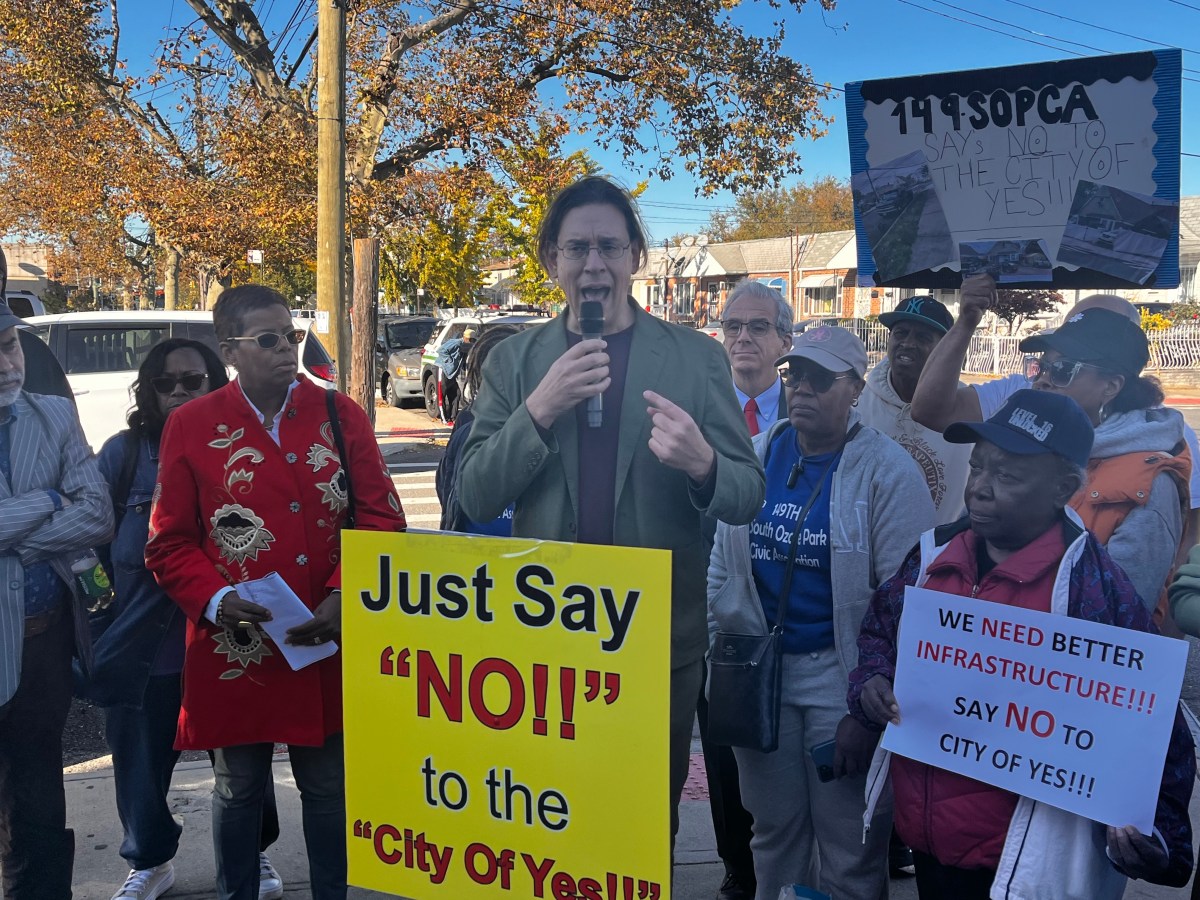
Graziano provided personal anecdotes showing what Southeast Queens neighborhoods might resemble under the rezoning initiative.
“I helped with Addisleigh Park, and it landmarked, and I already did a study for Addisleigh Park, and 20% of Addisleigh Park’s houses could be immediately torn down and replaced with apartment buildings. When people say the landmark district could protect us, landmarking is all about what it looks like on the outside. They don’t care whether it’s a one-family house or the Empire State Building,” Graziano said.
Graziano added that landmarked neighborhoods such as Addisleigh Park, Douglas Manor, Jackson Heights, and Sunnyside Gardens would not be exempt from the new zoning initiative, which would legalize Accessory Dwelling Units and green light transit-oriented developments. Transit-oriented developments are areas where developers can construct larger apartment buildings within half a mile of transit, such as the subway or LIRR.
Graziano also shared his reservations about the City for All Housing Plan, an additional plan that focuses on housing affordability that he attributes to Speaker Adrienne Adams. The plan was released by the City Council on Nov. 1, over a week after the hearings on the City of Yes.
“Yesterday at 11 in the morning, she put out this press release, and guess what, all the people who signed it are the same lobbyists who wrote the City of Yes,” he said. “Everybody here has said this to their council person: kill the City of Yes, let’s start over, we can start from scratch… You are the City Council, and you have the ability to just say no.”
The City for All Housing Plan’s points include mandating affordable housing in large transit-oriented and town-centered developments, allocating increased funding to the city’s housing programs, and increasing support for tenants’ rights.
A spokesperson for Speaker Adams told QNS that the City for All housing plan will help address New Yorkers’ housing challenges, with a goal of creating a “more affordable city and stronger neighborhoods.”
Speaker Adams continued: “The housing plan calls for greater investments to support existing homeowners, bolster community infrastructure that prevents flooding, and deepen the affordability of housing and homeownership. These are critical needs for people in Southeast Queens and across our city as we continue to confront the challenges of this housing crisis,” the spokesperson said via email.
The City for All plan was developed with the input of all stakeholders, including New Yorkers who testified during the public hearing in October. So far, Speaker Adams has not indicated how she will vote on the City of Yes for Housing Opportunity.
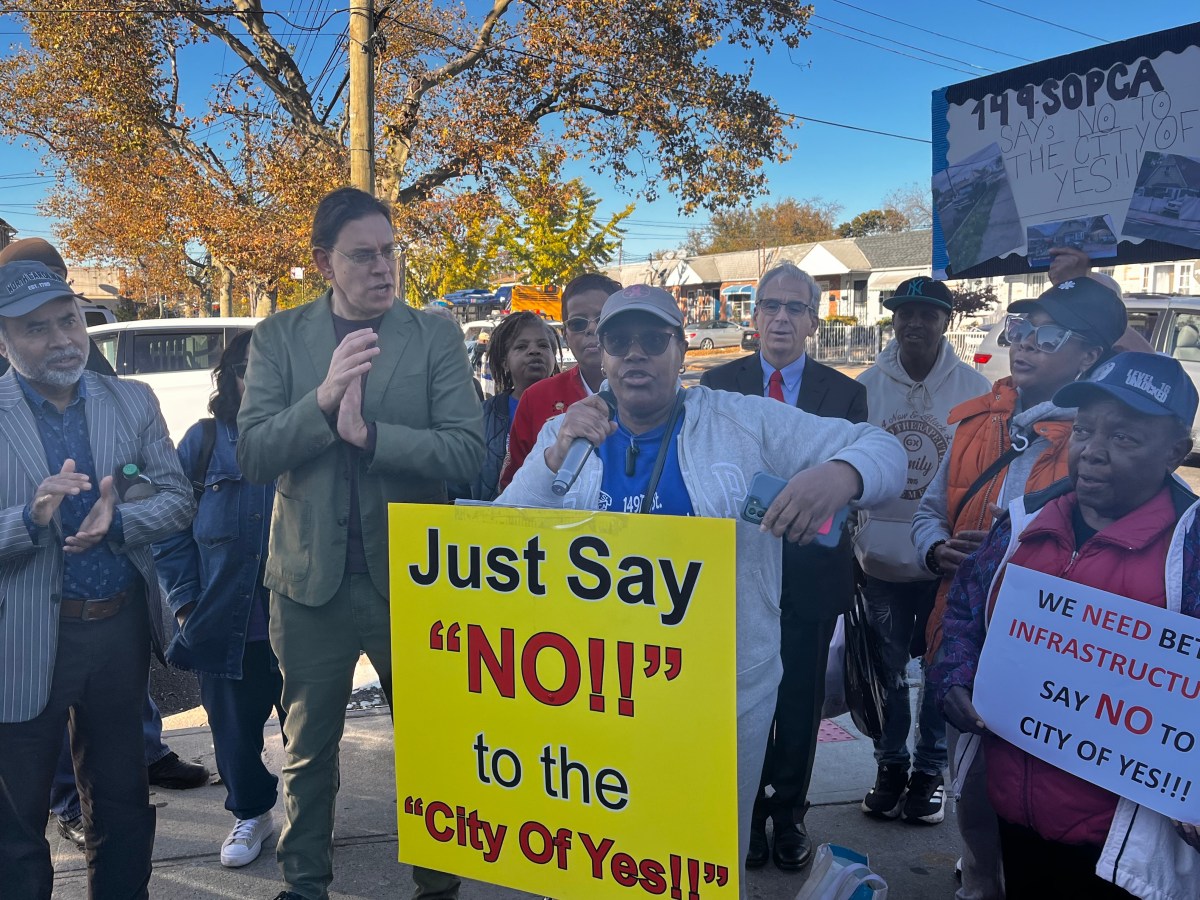
Some of the speakers argued that the focus on the City of Yes should be shifted to the quality-of-life issues currently affecting Southeast Queens.
“We’re all being destroyed in our homes, in our communities,” said Aracelia Cook, president of the 149th St. South Ozone Park Civic Association. “Are they going to do better with the infrastructure? Are we going to have better quality in our education system? How about more parks? More supermarkets?. If our electeds do not respect us, get rid of them.”


